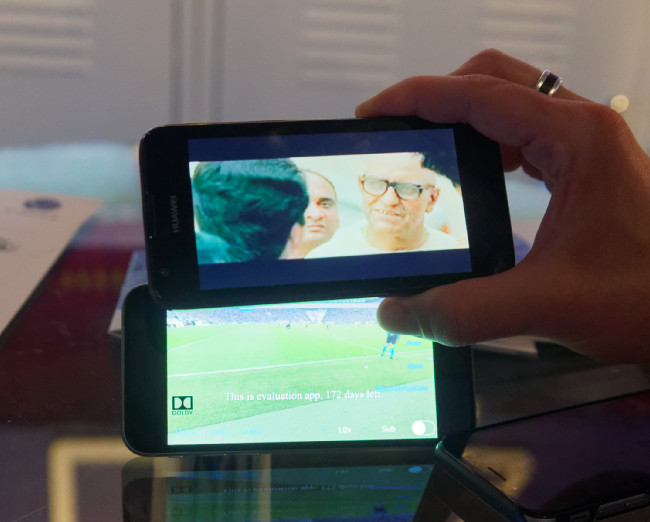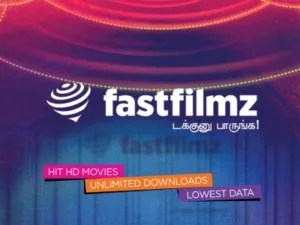Sadly, the V-Nova press event clashed with another, so we didn’t get there, but we did get a chance to catch up with the company in its meeting room. V-Nova has a proprietary codec, Perseus, that it believes has real advantages in efficiency, but can use much of the same technology as used by current codecs based on the MPEG approach. At the show, it announced a deal with Eutelsat to develop the codec for both contribution and distribution and an investment by Eutelsat. The satellite operator will have an exclusive deal for satellite transmission using Perseus in some markets. Eutelsat used Perseus for lossless contribution of UltraHD content during the Euro soccer championships this summer. This was being demonstrated at the show.
First, we had a look at a demonstration of 360º video. This kind of video needs high resolution, at least UltraHD and the company was showing how its technology can get bit rates down to 4 Mbps.
We have always thought that the first ‘killer app’ for Perseus was really low bit rate video, for regions where bandwidth is scarce. Now, the company has had a deployment with FastFilmz of India, which is offering a video over 2G service using the technology and at bit rates of less than 150 kbps. FstFilmz is reported to have signed up 175,000 new subscription customers in the first month.
 V-Nova’s Perseus can send video over 2G networks. Image:Meko
V-Nova’s Perseus can send video over 2G networks. Image:Meko
Separately, V-Nova said that it is working with Vimmi, which has a cloud-based CDN and will support the Perseus codec by transcoding to the codec in the cloud.
During the show, V-Nova announced that Informitv, an independent consultancy, had tested the coded and confirmed that:
- A 1920×1080 pixel Perseus Hybrid encoding at 2,000kbps offered equivalent or better visual quality than the 1280×720 H.264 profile at 3,000kbps employed by the service provider
- Perseus-enabled 1280×720 encoding at 1,500kbps compared to a 720×408 resolution reference stream at 2,200kbps
- At 1000kps, a 1280×720 Perseus-powered encoding offered four times the resolution of the reference stream at a similar data rate.
Looking at new developments, the company told us that it has been conducting internal tests on 8K and HDR and saw ‘no problems’ in supporting them.
Analyst Comment
By chance, on the evening before the Eutelsat announcement, I was asking another broadcaster if it had a view on Perseus. “We have asked them several times to let us have an encoder and decoder so that we can understand the benefits, in our own environment, but V-Nova doesn’t seem keen to do that, so we haven’t pursued it”. That reflects a nervousness that still exists in the industry about whether there might still be some ‘smoke and mirrors’ around the technology. We mentioned the ‘independent’ tests to another industry specialist, who said “They paid for those tests, didn’t they?”. The investment from Eutelsat may help to quell some fears, although V-Nova has proved very good at getting endorsements from big companies. (BR)

